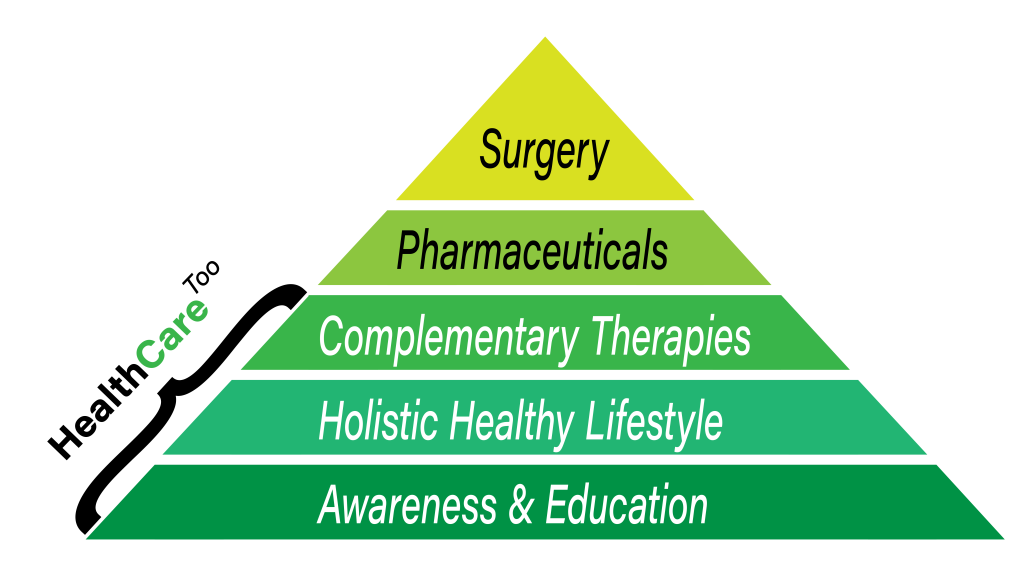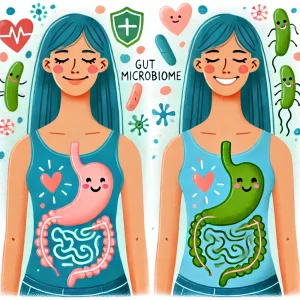Mental Health Technology
While technology is a force behind many behavioral and societal issues, mental health technology can also provide benefits. As the epidemic of mental illness continues throughout the US and other countries, we need to harness the benefits of telehealth technologies.
Mental illness is a growing epidemic in the U.S.
More than 43 million Americans, roughly 18 percent, have a mental health condition, according to a 2017 report published by Mental Health America. However, many of those individuals lack access to care, with one in five adults reporting an unmet need and nearly 8 percent of youth without access to mental health services through private insurance. Overall in 2017, 56 percent of American adults with a mental illness did not receive treatment, according to the report.
Exacerbating the issue is a shortage of providers to treat such patients. According to the report, to meet the mental health needs of Americans, “providers in the lowest-ranked states would have to treat six times as many people as providers in the highest-ranked states.” For example, there is only one mental health professional for every 1,260 people in the state of Alabama.
While not a panacea, digital solutions can help to alleviate some of this pressure, particularly by improving accessibility for patients. When it comes to improving behavioral care, technology must be a key part of the solution.
For more information please see the original article at healthtechmagazine.net




